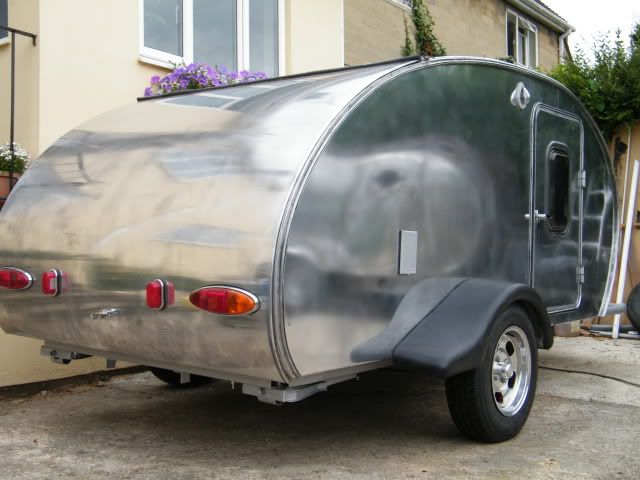Roof top tent mount question
15 posts
• Page 1 of 1
Roof top tent mount question
We are looking at buying a Tepui 3 person roof tent that we can move between our car and TD.
My current build has 3/4" plywood sides with extra an 2.5" thick word block behind the wall for bracing to mount rain gutter roof rack mounts via two 5/16x2.5" lag bolts..
My concern is the wood and lag bolts holding the weight of the rooftop tent and two or three people. Does anyone think there could be issues with the weight?
Another option I was thinking is installing trailer stake pockets and making a roof rack that will extend down the side of the TD and mount in the stake pockets and use as needed.
My current build has 3/4" plywood sides with extra an 2.5" thick word block behind the wall for bracing to mount rain gutter roof rack mounts via two 5/16x2.5" lag bolts..
My concern is the wood and lag bolts holding the weight of the rooftop tent and two or three people. Does anyone think there could be issues with the weight?
Another option I was thinking is installing trailer stake pockets and making a roof rack that will extend down the side of the TD and mount in the stake pockets and use as needed.
- sned
- Teardrop Builder
- Posts: 34
- Joined: Fri Aug 28, 2015 6:47 pm
- Location: San Jose, CA
Re: Roof top tent mount question
I'd suspect the 3/4" ply sides would provide all the vertical support necessary, but would worry about any lateral movement (strong wind even) and if there was any risk of the walls "folding". May not be. Its just if walls are not vertical and load is pushing them to lean at all.
QB
A tear with no name: viewtopic.php?f=50&t=67624
A tear with no name: viewtopic.php?f=50&t=67624
- QueticoBill
- Silver Donating Member
- Posts: 1215
- Images: 22
- Joined: Sun Apr 14, 2013 7:22 am
- Location: Clayton NY


 I'm talking night terrors.
I'm talking night terrors. 


 hence the not apples to apples comment. However, whether it is a catapult or a RRT, they both require good solid structural and joint designs, but... even with the RRT we are not talking about a strictly static situation with just gravity or some wind force acting on the RTT. The whole thing is bouncing down the road with hundreds of thousands of changes in the direction that the mass of that tent (80 lbs maybe more ? x rate of acceleration, 3-4 g's on a good bounce?) is trying to move. Sure, you might argue that the trailer has springs and it doesn't really bounce that often, but let's be realistic, these forces are still there and every time, every little jostle its trying to overwhelm the friction in the joint and put stress on those fasteners. A few hundred lbs worth of people (perhaps heavy people... Americans are getting heavier on average, ya' know?) will be climbing in and out, and moving around. Will lag bolts hold? Maybe. Are thru bolts better? Yes. That was my point.
hence the not apples to apples comment. However, whether it is a catapult or a RRT, they both require good solid structural and joint designs, but... even with the RRT we are not talking about a strictly static situation with just gravity or some wind force acting on the RTT. The whole thing is bouncing down the road with hundreds of thousands of changes in the direction that the mass of that tent (80 lbs maybe more ? x rate of acceleration, 3-4 g's on a good bounce?) is trying to move. Sure, you might argue that the trailer has springs and it doesn't really bounce that often, but let's be realistic, these forces are still there and every time, every little jostle its trying to overwhelm the friction in the joint and put stress on those fasteners. A few hundred lbs worth of people (perhaps heavy people... Americans are getting heavier on average, ya' know?) will be climbing in and out, and moving around. Will lag bolts hold? Maybe. Are thru bolts better? Yes. That was my point.
